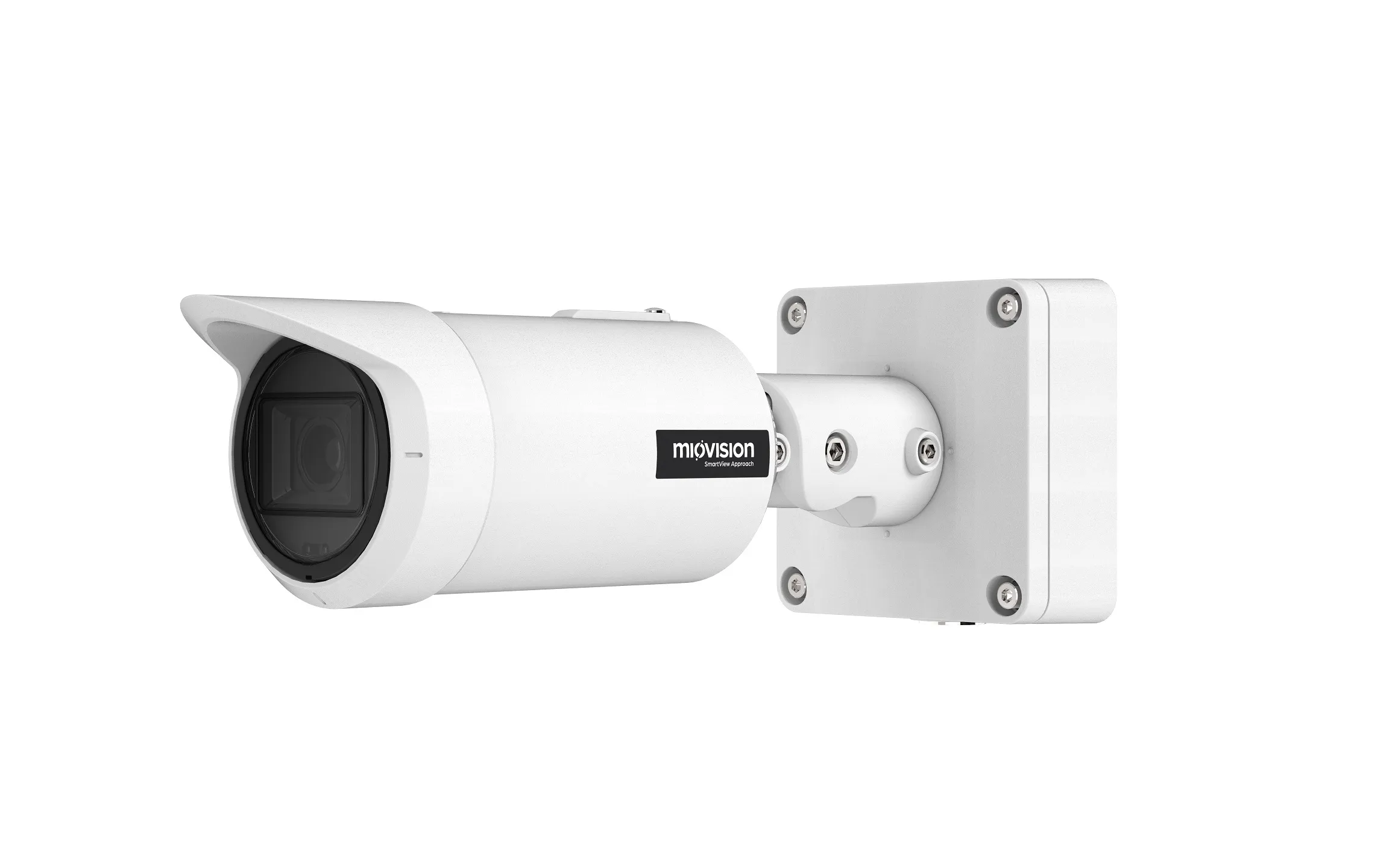
Intertraffic visitors are the first to see a new radar detector from Icoms Detection – the Belgian subsidiary of IRD. The pole-mounted unit, knows as the TMA-13X, has a range of 80 metres, identifies up to 32 vehicles (targets) across three or four lanes of oncoming traffic and can monitor the route vehicles follow through an intersection.
According to the company, one TMA-13X unit can replace multiple loops (approach and stop line) without any roadworks and it functions regardless of light conditions, rain, snow or fog which can impair video based systems. The 24gHz (K-band) unit needs to be positioned some 20 – 30metres from the stop line (usually on the opposite side of the intersection) to provide the necessary coverage and up to nine detection areas can be set up using a laptop and a webcam.
One detector is needed per branch to monitor all directions but as they are installed above ground, the overall cost is said to be lower than using loops and easier to install and maintain than cameras. The TMA-13X has an operating range of up to 80metres and a temperature range of -20 to +60°C and identifies vehicles travelling at up to 140km/h and can provide an approximate vehicle count.










